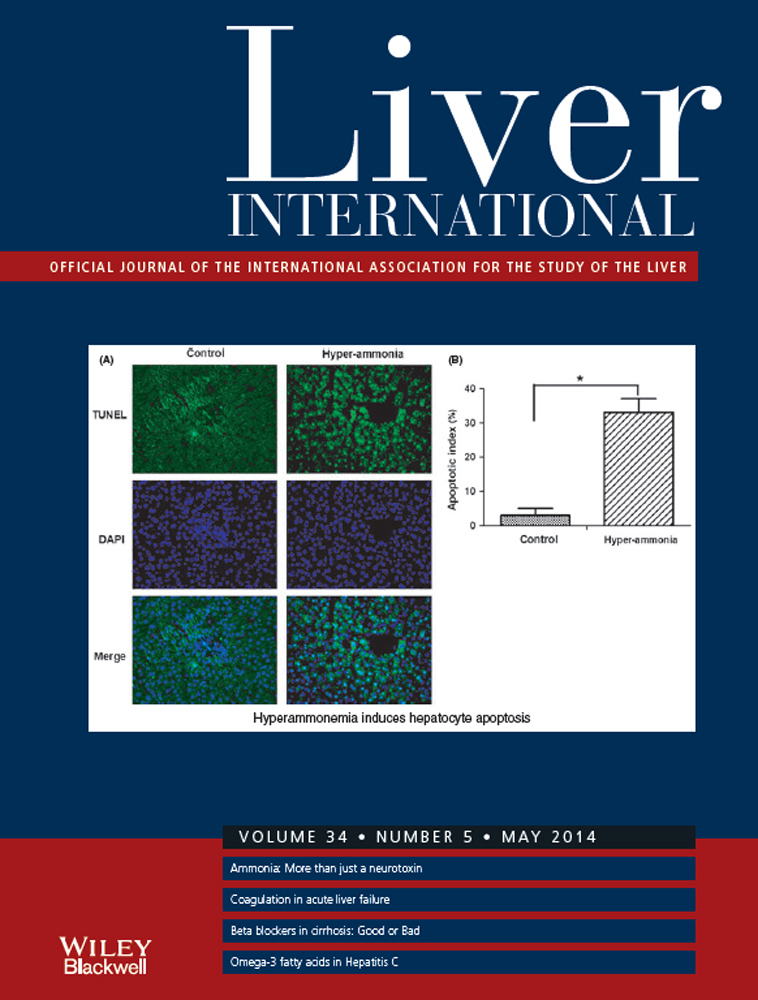Postoperative recurrence pattern and prognosis of patients with hepatocellular carcinoma, with particular reference to the hepatitis viral infection status
Abstract
Background & Aims
Various modalities have been employed effectively according to the tumour recurrence status in patients with hepatocellular carcinoma (HCC) undergoing hepatectomy. Therefore, their overall prognosis depends largely on the pattern of recurrence/treatment. We investigated the patterns of recurrence and prognosis in HCC patients, especially in relation to the hepatitis virus infection status.
Methods
The study population comprised 244 patients with HCC undergoing hepatectomy. Curative treatments, including repeated hepatectomies, were performed for recurrences, whenever possible. Detailed information on recurrences was collected until the recurrences exceeded Milan criteria.
Results
The 5-year disease-free survival, survival within the Milan criteria and overall survival were 38.4%, 56.3% and 74.5% respectively. In the comparison between patients with hepatitis C and B virus-related HCC (HC-HCC: n = 122; and HB-HCC: n = 45 respectively), the former showed lower disease-free (30.2% vs. 40.7% at 5 years, P = 0.061) and overall (65.7% vs. 89.7% at 5 years, P = 0.011) survivals; they also showed a higher incidence of multinodular (≥4) intrahepatic recurrences (19.4% vs. 5.3% at 3 years, P = 0.010). However, the incidences of recurrences exceeding the Milan criteria because of other components were comparable. Patients with HC-HCC showed a higher incidence of intrahepatic recurrences characterized by multiple lesions and the difference became increasingly more pronounced with time.
Conclusions
Patients with HC-HCC were associated with a higher carcinogenesis in the background liver than those with HB-HCC, and this difference was aggravated with time after hepatic resection.




